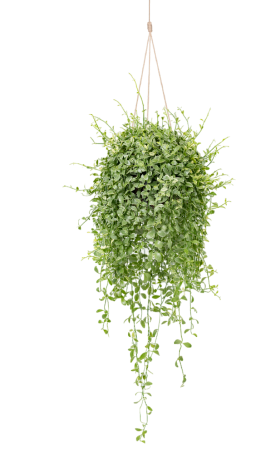Why do fans attract dust and how can I keep them clean?

Fans are a necessary part of many homes. We use them to feel cooler in warm climates, to avoid that “stale” feeling when there’s no air circulating, and also to get fresh air in and old air out of our homes. They all have one big drawback–they need to be cleaned often because dust from the air collects on them. We’re going to help you figure out the best way to clean each type of fan.
First of all, here’s why fans get so dusty. A lot of the dust in our homes comes from our own bodies: dead skin cells that we constantly shed (if you have pets, there are even more!) The dust molecules possess an electric charge: some positive and some negative. This causes them to stick together into larger clumps (dust “bunnies”). As plastic ceiling fan blades rotate through the air, static electricity builds up on the leading edge of each blade. Dust molecules floating through the air are drawn and attach to the leading edge. Dust also has a sticky component from the oils on our skin and cleaning chemicals we use, so the leading edge of the blades can get quite a thick coating of dust. For fan blades that are not plastic, fluid dynamics comes into play. Even though metal fan blades don’t accumulate a static charge on the leading edge like plastic blades, the air speed at the blade’s surface is zero, so that dust can settle and stick there. Over time, as dust covers the blade in certain areas, it rises and creates a new “surface” for the dust to continue to adhere. Check out these principles in this amusing science video!
Getting to the nitty-gritty, there are several “new” ways to clean fans that have gone viral on social media.
Tower Fan-Leaf blower method: If you have a leaf blower and it gives a pretty strong “kickback” when you use it, then it will probably loosen dust pretty well. We tried it and there was only one element missing from the video: placing a weight on the bottom of the fan to keep it upright, or using your hand to steady it. After all, you don’t want to break it by blowing it over. Also, once you blow the dust from back to front, you can move around the fan or turn it around and blow it out from a different direction.
Ceiling Fan-Pillowcase method: This doesn’t work well for super-high fans because you’ll need to be at fan level, so make sure to use a sturdy ladder. Using an old pillowcase, slip it over each fan blade and pull it off slowly with light pressure applied to the top and bottom. To get more dust, you can slightly dampen the pillowcase (we suggest using TotalClean, our non-toxic cleaner!). Shake the pillowcase outside and throw it in the washer with other rags to reuse it.
Plastic bag method–don’t do it!: I’m not sure why people think they can spray fluids directly around electrical motors and think that everything will be ok. In many cases, you can damage the fan, just like the author who wrote the article in the link.
If the leaf blower method is not available, good old-fashioned disassembly and manual cleaning will get your tabletop, box or standing fan clean in the safest way. There really is no substitute for it, because no matter the speed of the air going through the fan, sticky dust usually requires wiping with warm water and dish soap to remove it. Unplug the fan and move it to a clear worksurface. Depending on the fan, you’ll probably need a screwdriver, vacuum cleaner, microfiber cleaning rag (these work great at removing sticky dust), toothbrush or cleaning brush, old dry towel and basin, sink or bathtub with warm water and dish soap. If the manufacturer’s instructions are available, by all means follow them! If not, remove the fan guard and place it into the soapy water. On tabletop and box fans, often the blades can be removed by unscrewing the center cap. Place the blades into the soapy water and clean them and the guard with the microfiber or cleaning brush. Rinse with fresh water and dry them with the towel. Use a vacuum cleaner on heavy dust and wring out the microfiber rag to wipe down all other parts of the fan which cannot be removed (sides, stand, vents, other grills). Make sure all the parts are dry before reassembling and using the fan. For tower fans, these require more tedious disassembly with a screwdriver, so if you don’t have the manufacturer’s instructions, it’s best to look up how to clean it on the internet, or stick with using a vacuum cleaner and damp rag (and/or leaf blower!)
Until "dust-less" fans are introduced, when you go to buy a new fan, you might consider how easily you can clean it!






